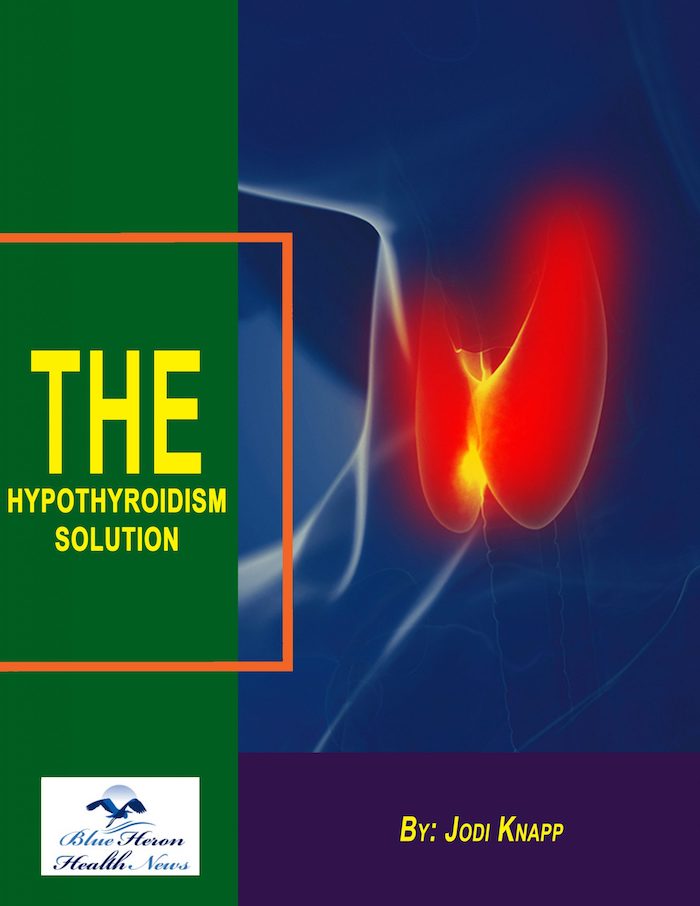
What is the prevalence of hypothyroidism worldwide?
Hypothyroidism is a common endocrine disorder that affects millions of people worldwide. The prevalence of hypothyroidism can vary significantly depending on geographic region, population characteristics, and the criteria used for diagnosis. Here’s an overview of its global prevalence:
1. Global Prevalence
- General Population: Hypothyroidism is estimated to affect approximately 1% to 2% of the general population globally. However, when including subclinical hypothyroidism (where thyroid function is mildly reduced but symptoms may not yet be present), the prevalence may increase to around 5% to 10% in some populations.
- Women: Hypothyroidism is more common in women than in men, with estimates suggesting that 5% to 10% of women worldwide may develop hypothyroidism at some point in their lives. Women are up to 8 to 10 times more likely to develop the condition than men, especially during periods of hormonal change such as pregnancy, postpartum, or menopause.
- Men: The prevalence of hypothyroidism in men is lower than in women, but it still affects a significant portion of the male population. The overall prevalence in men is estimated to be 0.2% to 2%, depending on the region and population studied.
2. Geographical Variations
The prevalence of hypothyroidism varies widely across different regions, influenced by factors such as iodine intake, genetic predisposition, and healthcare access:
- Developed Countries: In many developed countries, hypothyroidism is fairly common due to better awareness and diagnostic capabilities. For example:
- United States: The overall prevalence of hypothyroidism in the U.S. is estimated to be around 4.6% of the population, according to the National Health and Nutrition Examination Survey (NHANES). Subclinical hypothyroidism may affect up to 9% of the population.
- United Kingdom: In the U.K., hypothyroidism is found in about 2% to 5% of adults, with a higher incidence among women and older individuals.
- Developing Countries: The prevalence of hypothyroidism is higher in some developing countries, particularly in areas where iodine deficiency is prevalent. Iodine is essential for thyroid hormone production, and a lack of iodine can lead to thyroid dysfunction:
- South Asia: Hypothyroidism is common in regions like India, where estimates suggest that it affects around 11% of the adult population, one of the highest reported rates globally. Iodine deficiency has been a contributing factor, although iodine fortification programs have helped reduce the prevalence in some areas.
- Africa: In parts of Africa where iodine deficiency is widespread, the prevalence of hypothyroidism may be higher, though there is limited comprehensive data. Efforts to address iodine deficiency through salt iodization have been effective in reducing hypothyroidism rates in some regions.
- Iodine-Deficient Areas: In areas with historically low iodine intake (such as mountainous regions of Europe, Southeast Asia, and parts of Africa), the risk of hypothyroidism is increased. However, global efforts to introduce iodine supplementation through iodized salt have significantly reduced the incidence of hypothyroidism caused by iodine deficiency.
3. Age-Related Prevalence
Hypothyroidism is more common in older adults:
- Older Adults: The prevalence of hypothyroidism increases with age, particularly in individuals over the age of 60. Studies indicate that up to 10% of elderly individuals may have overt or subclinical hypothyroidism. In women over the age of 60, the prevalence can be as high as 15%.
4. Prevalence in Specific Populations
- Pregnant Women: Pregnancy is a critical time for thyroid function, and hypothyroidism can develop during pregnancy due to increased thyroid hormone demands. The prevalence of hypothyroidism in pregnancy is estimated at 2% to 3% globally, with subclinical hypothyroidism occurring in an additional 3% to 5% of pregnancies.
- Autoimmune Disorders: Individuals with autoimmune diseases like Hashimoto’s thyroiditis, the most common cause of hypothyroidism in many developed countries, are at a higher risk. Hashimoto’s disease affects 5% to 10% of the population in some regions, contributing to higher hypothyroidism rates.
5. Subclinical Hypothyroidism
- Subclinical hypothyroidism, a mild form of hypothyroidism where thyroid-stimulating hormone (TSH) levels are elevated but thyroid hormone levels are still within normal ranges, affects a larger percentage of the population. This condition is more common than overt hypothyroidism and can be a precursor to the full-blown disease. The prevalence of subclinical hypothyroidism globally is estimated to be around 4% to 10%, with higher rates in older adults and women.
6. Impact of Iodine Deficiency
- Iodine deficiency is a major risk factor for hypothyroidism, particularly in countries where iodized salt is not widely available. Worldwide, approximately 30% of the population is at risk of iodine deficiency, which can lead to thyroid dysfunction. However, global iodine supplementation efforts have significantly reduced iodine deficiency and the associated risk of hypothyroidism in many countries.
Conclusion
Globally, hypothyroidism is a prevalent condition, affecting 1% to 2% of the general population, with higher rates among women, older adults, and those in iodine-deficient regions. Subclinical hypothyroidism is even more common, particularly in older adults. While iodine deficiency remains a significant cause of hypothyroidism in some developing regions, it has been mitigated in many parts of the world through iodine fortification programs. Increased awareness, improved diagnostic practices, and better access to healthcare have also contributed to more effective detection and management of hypothyroidism in many populations.
The Hypothyroidism Solution™ By Jodi Knapp The Hypothyroidism Solution™ By Jodi Knapp Jodi has provided a stepwise guide in the form of The Hypothyroidism Solution to help you in regulating the levels of your thyroid in a better and natural way. Along with curing hypothyroidism, it can also care a number of other health issues experienced by people all over the world. No side effect due to this program has been reported so far. So you can follow this program without any financial as well as emotional risk.